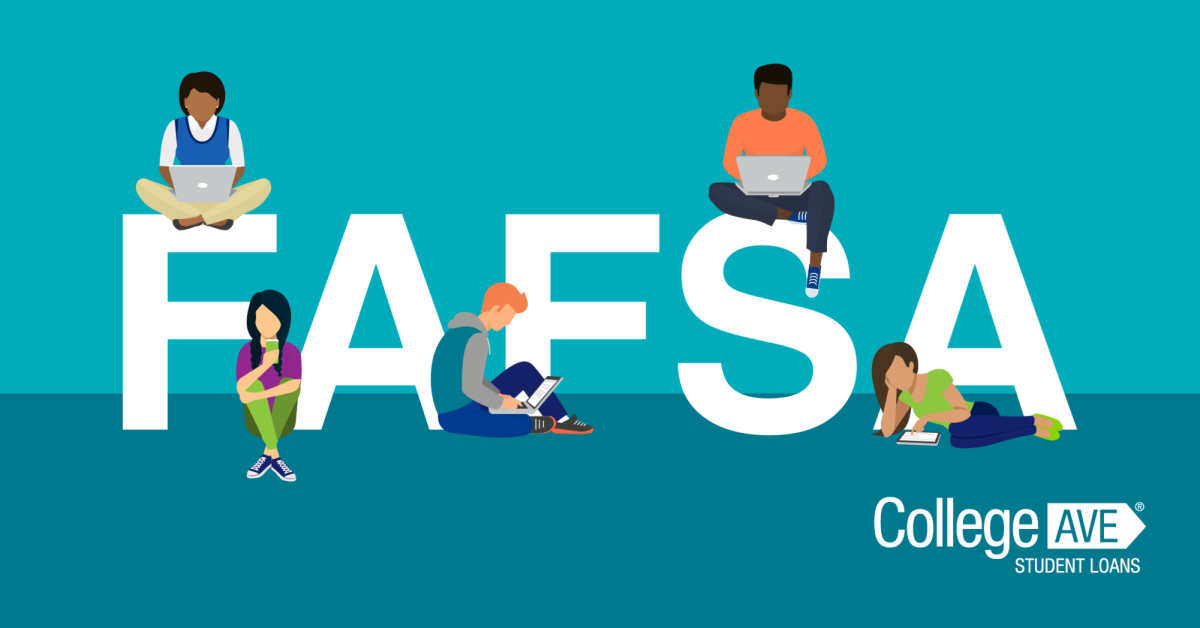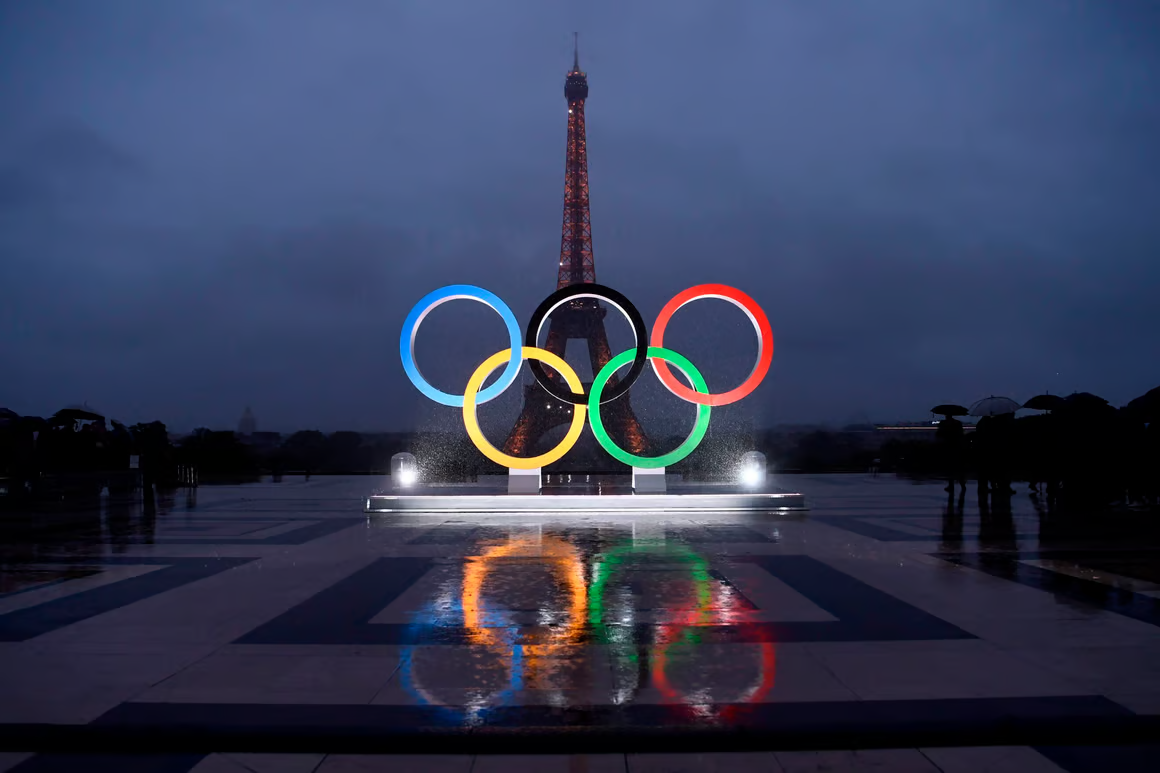Social media has done an excellent job of highlighting the good and evil that inhabits the planet. It can be the bringer of hope in a bleak and broken world. It can spread awareness about problems, and create well informed global citizens.
However, social media activism can spur inaction under the illusion of activism. It is important to grieve for those who have been lost, but they are not the only victims in tragedy. Society has a preoccupation with death that results in the neglect of people who still need help. These people are highlighted by the media’s spotlight for a week, and the world moves on
On November 5, a gunman killed 26 people (half of which were children) in a church shooting in Sutherland Springs, Texas — making this incident the fifth worst mass shooting in United States history. People flocked to social media to offer their support. Politicians offered their prayer, but not solutions to the problem at hand. People of authority become blind to their own power, which is an ultimate failure of leadership.
Not everyone is in a position to take action, but activism should be productive. #prayfor___ insinuates that prayers are enough to help those in need. This is good in some instances, such as showing support immediately after a tragedy, but posting should not be the only course of action people take. If it is impossible to make a direct difference, promote an organization that can make a difference.
Individuals are not the only ones at fault for the “hashtag” movement. The desecration of proper social media activism is supported by companies. Snapchat creates filters in the wake of tragedy, many of which make no substantial contribution to a cause. People are manipulated into believing that they have made a difference, but in reality they only swiped left and pressed a button.
These filters could come from a good place, but more often they are advertisements. Usually tragedies are windows of opportunity for companies to seize more users — creating a rapidly spreading corporate agenda every time humanity is at its weakest.
The most vile of offenses that can be committed in social media activism is the use of an issue to gain the attention of others.
The Amyotrophic Lateral Sclerosis Association (ALS) created the “ALS Ice Bucket Challenge,” which became an online sensation in 2014. The challenge details that participants pour a bucket of ice over their head to simulate the effects of the disease. The participant must complete the challenge and nominate three people to do it, or participants donate money to the ALS Association within a 24 hour time frame. Unfortunately, people ruined the challenge with their desire for internet fame. These individuals did illuminate the struggles those with ALS expereince, but they did not do it from the goodness of their heart — which fails to uphold the spirit of activism. Internationally, 17 million people participated in the ice bucket challenge, but only 2.5 million people donated to the ALSA.
Social media activism is powerful when used under the proper circumstances. For example, the Arab Spring in 2010 brought forth immense reforms to the Middle East and North Africa after people in the area used social media to send updates about areas of conflict.
One post cannot solve the world’s problems. If an issue needs to be resolved, society must work towards that goal. If discussion is the only thing society decides to do, we would not make social progress- but, we would achieve stagnation.







